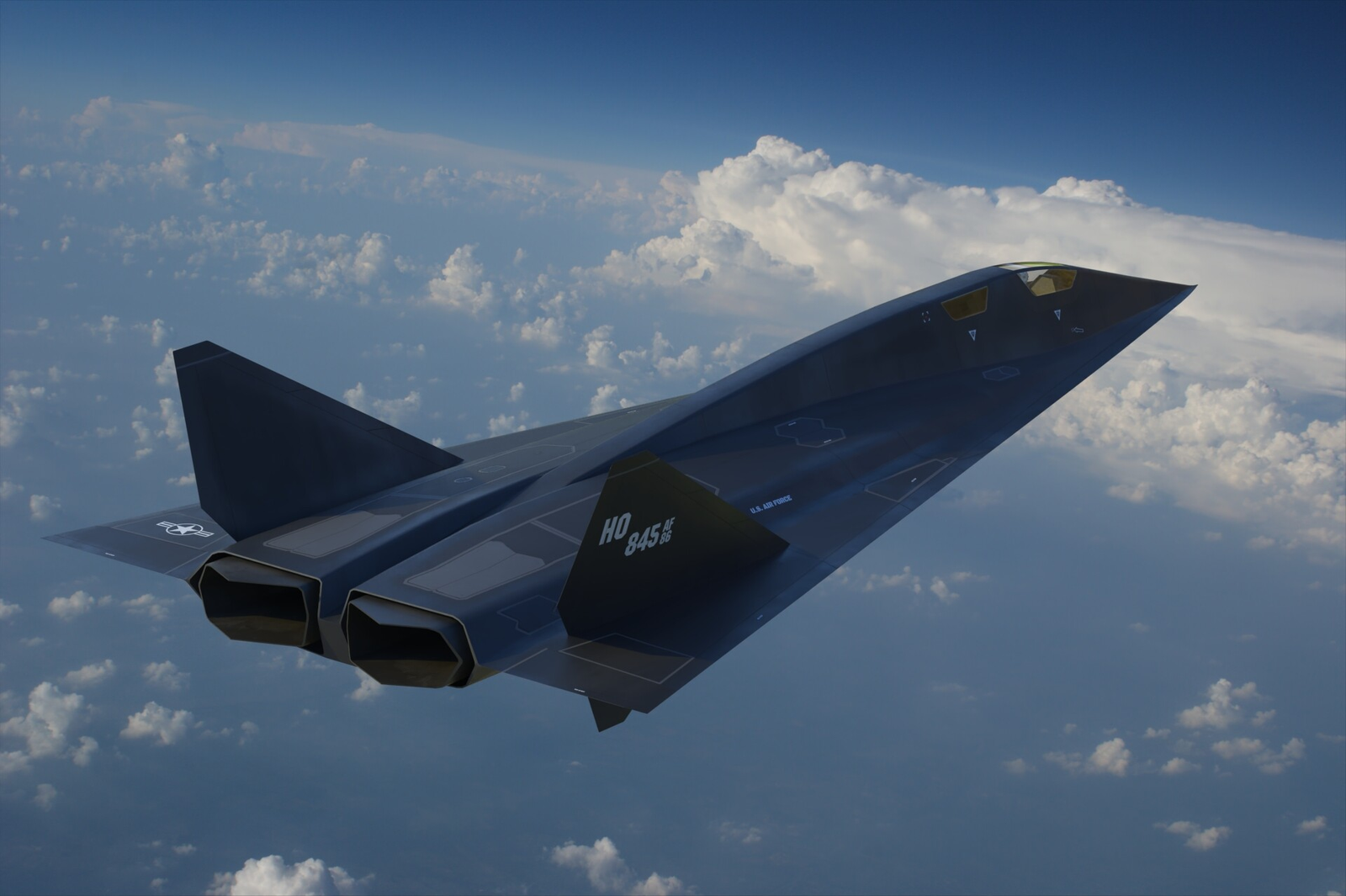
Few tales in aviation captivate the imagination as much as that of the SR-91 Aurora. For years, rumors of a covert US spy aircraft—one with hypersonic capabilities, perhaps even Mach 6—tantalized aviation enthusiasts, defense establishment insiders, and conspiracy theorists alike. A spiritual successor to the mythical SR-71 Blackbird? Perhaps. A ghost plane rushing across the horizon, visible to none except a select few fortunate (or unfortunate) witnesses? That was the legend.

But, as with most stories conceived in the hush-hush realm of classified defense contracts, the reality is less like a movie, but in some respects, all the more fascinating.

Where the Rumors Took Flight: A Budget Line and a Black Hole
The legend of the Aurora didn’t start in a sighting or a leak—it began in a line in the government budget. In 1985, deep in the appropriations for the U.S. Department of Defense, a $455 million item was listed under “black aircraft production.” One name was highlighted: Aurora.

With the SR-71 approaching retirement and the Cold War tensions still fresh in memory, rumors ran rampant. America had a history of creating game-changers in airplanes behind closed doors, such as the stealthy F-117 Nighthawk and the flying wing B-2 Spirit bomber. Why not a next-generation, hypersonic reconnaissance airplane?

Sonic Booms, “Skyquakes,” and Mystery Jets
Time passed, and bizarre occurrences only served to fuel the rumors. In Southern California, for example, there was a series of mysterious sonic booms reported in the early 1990s. Seismic detectors picked them, p—but no recognized aircraft were moving at speeds capable of producing them.

And then there were the sightings. A few pilots and observers reported triangular or wedge-shaped planes flying at high speeds. Perhaps the most famous was that of Chris Gibson, a British oil exploration engineer, who in 1989 reported seeing a strange triangular plane refuel mid-air over the North Sea, escorted by F-111s and a tanker. That would have been peculiar enough, but the plane didn’t fit anything publicly known.

Even the skies themselves appeared to suggest something out of the ordinary. Onlookers reported unusual contrails—rings within rings—dubbed “donuts on a rope.” Some thought they indicated unusual propulsion systems, such as pulse detonation engines or next-generation ramjets. Satellite imagery, normally grainy and unhelpful, was also scrutinized. Were those strange-looking airframe designs at Area 51 and other classified test facilities proof of something next-gen?

The Likely Truth: Misinterpretation and Misdirection
Though there were years of rumor-mongering, tangible evidence for the SR-91 Aurora has never materialized. No pictures, no declassified documents, no crash wreckage—nothing tangible. Even when stealth fighters such as the F-117 and B-2 were declassified, Aurora remained shrouded in rumor.

So what was occurring?
All authorities today accept that “Aurora” was probably a codename, but not for a hypersonic aircraft, rather for the B-2 Spirit bomber project or to some other classified element involving stealth technology. Ben Rich, the ex-Lockheed Skunk Works chief who created the SR-71 and F-117, debunked Aurora as a genuine plane, claiming it was simply a budget designation.

And as for the sonic booms and strange contrails? They could well have originated from other high-speed planes such as the SR-71, test spaceplanes such as the X-15 or X-37B, or even atmospheric phenomena tricking both sound and vapor. And eyewitness accounts, while thrilling, are notoriously bad when it comes to fast, high-flying objects.

Then there’s the engineering challenge: Mach 5+ flight is not so much about velocity—it’s about surviving searing heat, making stable propulsion work, and designing material that can tolerate such temperatures. Even now, hypersonic aircraft are still largely in the experimental stage. America is investing in hypersonic missiles, not manned reconnaissance craft.

Why the Myth Persisted
Short answer: Secrecy fosters speculation. The U.S. military’s decades-long history of “black programs,” the actual (and ongoing) developments in hypersonic technology, and the general public’s limited insight into what is happening behind shut hangar doors make for a perfect storm for a legend to form. Add in the natural human impulse to connect dots, spot patterns, and imagine what might be hiding in plain sight—and you’ve got the makings of a myth that’s hard to shake.

Aurora’s Legacy: Fact, Fiction, and the Allure of the Unknown
Whether or not Aurora ever actually existed as a hypersonic plane, its history has already become part of the lore of aviation. It’s a reminder of how much we don’t know sometimes about what’s going on behind the curtain in defense tech—and how much our imaginations leap in to complete the blanks.

It also refers to something more profound: the faith that somewhere, out there, the future is already flying, just over radar range, just beyond public awareness. Aurora might never be verified. But its myth lives on, perpetuated by skygazers, historians, and dreamers who still gaze up into the sky and ask themselves: What if?
More related images you may be interested in:

